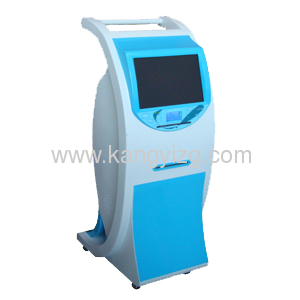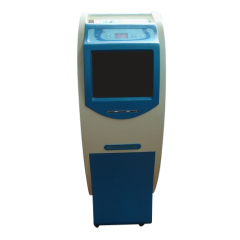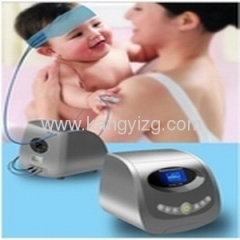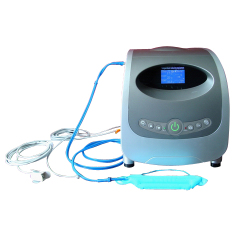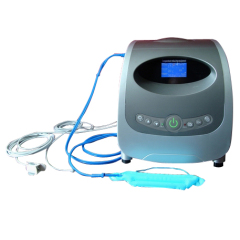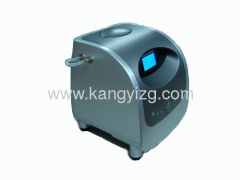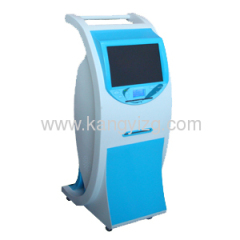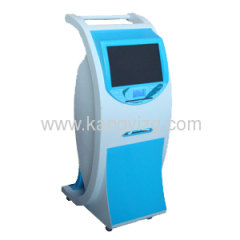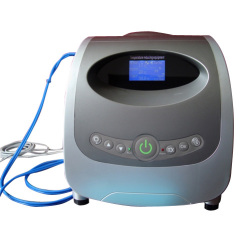
|
ShenZhen Kangyi Biotechnology Co.,Ltd
|
use physical therapy equipment
| Payment Terms: | T/T |
| Place of Origin: | Guangdong, China (Mainland) |
|
|
|
| Add to My Favorites | |
| HiSupplier Escrow |
Product Detail
1.It could check blood oxygen,pulse,body temperature.
2.Semiconductor physical temperature decrease technology.
Product name:Adopt semiconductor physical temperature decrease techology / pediatric physical therapy equipment

This is a picture of physical therapy product made by our company, pediatric physical therapy equipment.
Features:
1.Adopt semiconductor (Peltire effect) physical temperature decrease technology, energy conservation environmental protection, no pollution, low noise
2. It could check blood oxygen, pulse, body temperature
3. 17-40℃ constant temperatures could be adjusted, reduce temperature very quickly .
4. Using fall protection, intelligent examination and two water level self-test refrigeration system
5. The automatic drainage system, is easy to operate.
6.The DVD system, 7 inches LCD, user-friendly treatment.
7.It have DVD system , 7 inches LCD , reasonable treatment.
Accessories
The accessories included cool compress headband, circulating pipe,SpO2 sensor, temperature sensor.
The connects:SpO2 sensor, Body temperature sensor, circulating pipe and power supply.
7.It have DVD system , 7 inches LCD , reasonable treatment.
Accessories
The accessories included cool compress headband, circulating pipe,SpO2 sensor, temperature sensor.
The connects:SpO2 sensor, Body temperature sensor, circulating pipe and power supply.
Suitable Departments:
Paediatrics department, Newborn department, Emergency departments and any clinics with high fever patient.
SpO2 blood volume parameter measure principle:
Blood Oxygen saturation measured by pulse oximetry , which is a continuous, noninvasive determination method of hemoglobin oxygenation saturation .It determines light quantity from sensor light source through the tissue of the patient (e.g. fingers or ears ), to another receiver.
The pierced light quantity depends on many factors, most of which are constant. However, one of these factors is the artery. Blood flow changes with time, because it is ripple. It is possible to get arterial blood oxygen saturation by measuring absorbed light during pulse. The pulse detection can give a" blood volume" waveform and pulse rate signal.
Paediatrics department, Newborn department, Emergency departments and any clinics with high fever patient.
SpO2 blood volume parameter measure principle:
Blood Oxygen saturation measured by pulse oximetry , which is a continuous, noninvasive determination method of hemoglobin oxygenation saturation .It determines light quantity from sensor light source through the tissue of the patient (e.g. fingers or ears ), to another receiver.
The pierced light quantity depends on many factors, most of which are constant. However, one of these factors is the artery. Blood flow changes with time, because it is ripple. It is possible to get arterial blood oxygen saturation by measuring absorbed light during pulse. The pulse detection can give a" blood volume" waveform and pulse rate signal.
Didn't find what you're looking for?
Post Buying Lead or contact
HiSupplier Customer Service Center
for help!
Related Search
Physical Therapy
Physical Therapy Massager
Therapy Equipment
Magnetic Therapy
Therapy Machine
Light Therapy
More>>

